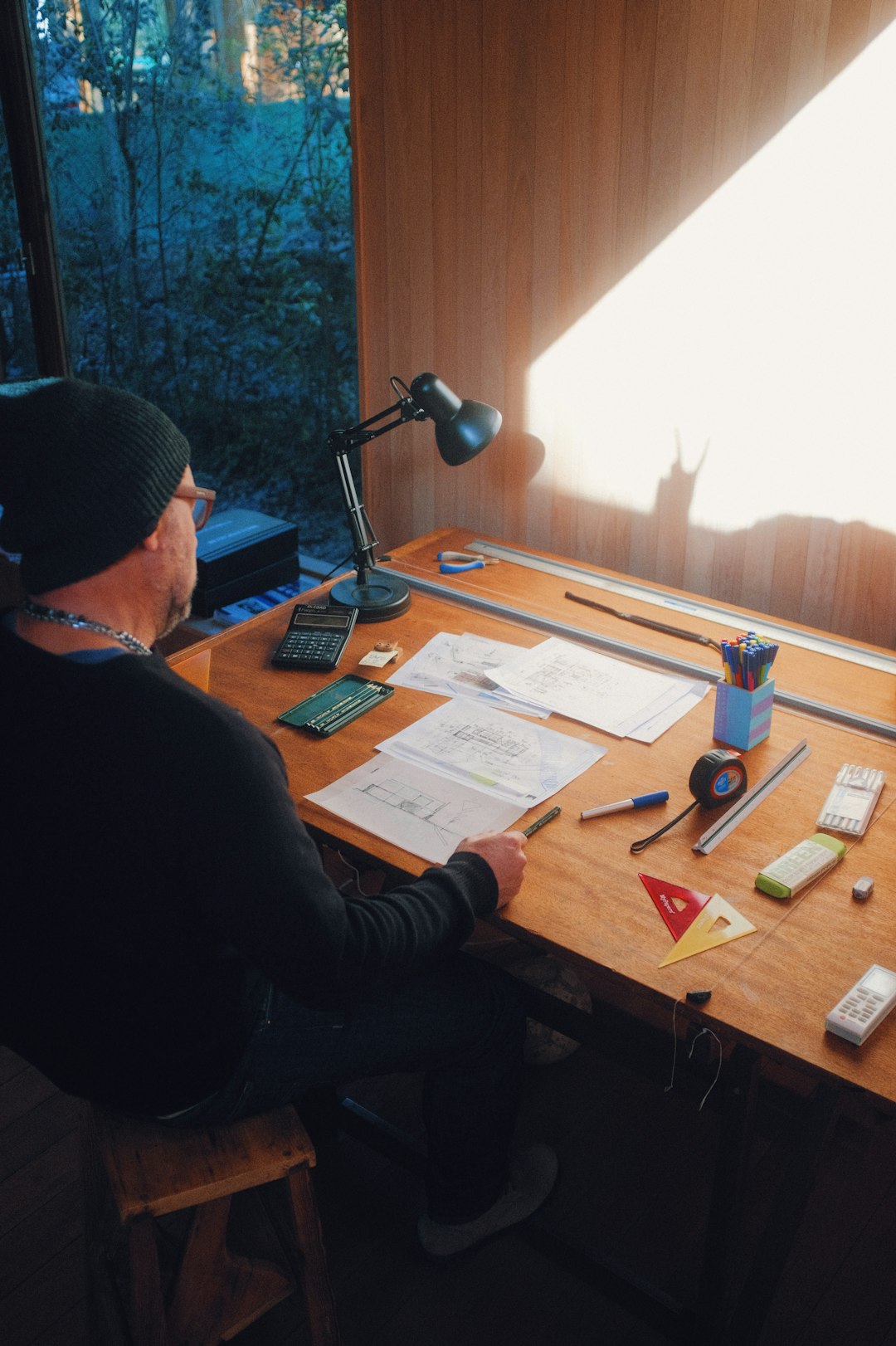
Web designing involves planning, designing, and developing websites that look good, work well, and satisfy users. It consists of visual elements, such as layouts, colors, fonts, and graphics, and functional elements, such as usability, performance, responsiveness, and accessibility. Web designing Poole involves both technical skills and aesthetic skills to make websites that satisfy the needs and desires of users and clients.
How Web Designing Can Help You
Web designing is not only about making websites look good; it is also about making websites work well. A well-designed website can have many benefits for both users and owners. Some of these benefits include:
Improved user experience (UX): A website that is easy to navigate, fast to load, responsive to different devices, and accessible to all users can provide a positive UX that increases user satisfaction, engagement, retention, and loyalty.
Higher conversion rate (CRO): A website that is captivating, compelling, and credible can inspire users to take action, such as subscribing, shopping, or contacting, which enhances the conversion rate (CRO) of the website.
Better search engine optimization (SEO): A website that complies with the best practices for SEO, such as using suitable keywords, accurate headings, meta tags, and alt texts, can rank higher on search engines like Google or Bing, which increases the awareness and traffic of the website.
Improved brand identity and reputation: A website that represents the values, vision, and character of the business or organization can create a powerful brand identity and reputation that draws and keeps customers and partners.
How to Design a Website Effectively
Web designing is not a one-size-fits-all process; it depends on the goals, audience, and context of each website. However, there are some basic principles that can assist web designers to create websites that are user-friendly and functional. Some of these principles are:
Balance: A website should have a balanced layout that distributes the visual weight of the elements equally across the page. This creates a sense of harmony and stability for the users. Balance can be achieved by using symmetry or asymmetry, contrast or similarity, proportion or scale, etc.
Hierarchy: A website should have a clear hierarchy that arranges the information and elements according to their importance and relevance. This helps users to scan, read, and comprehend the content easily and quickly. Hierarchy can be created by using size, color, shape, position, alignment, spacing, etc.
Consistency: A website should have a consistent design that preserves the same style, tone, and appearance throughout all pages. This creates a sense of familiarity and trust for the users. Consistency can be achieved by using common elements such as colors, fonts, images, logos, icons, buttons, etc.
Simplicity: A website should have a simple design that avoids needless clutter and complexity. This creates a sense of clarity and focus for the users. Simplicity can be achieved by using white space, minimalism, clear typography, relevant images, etc.